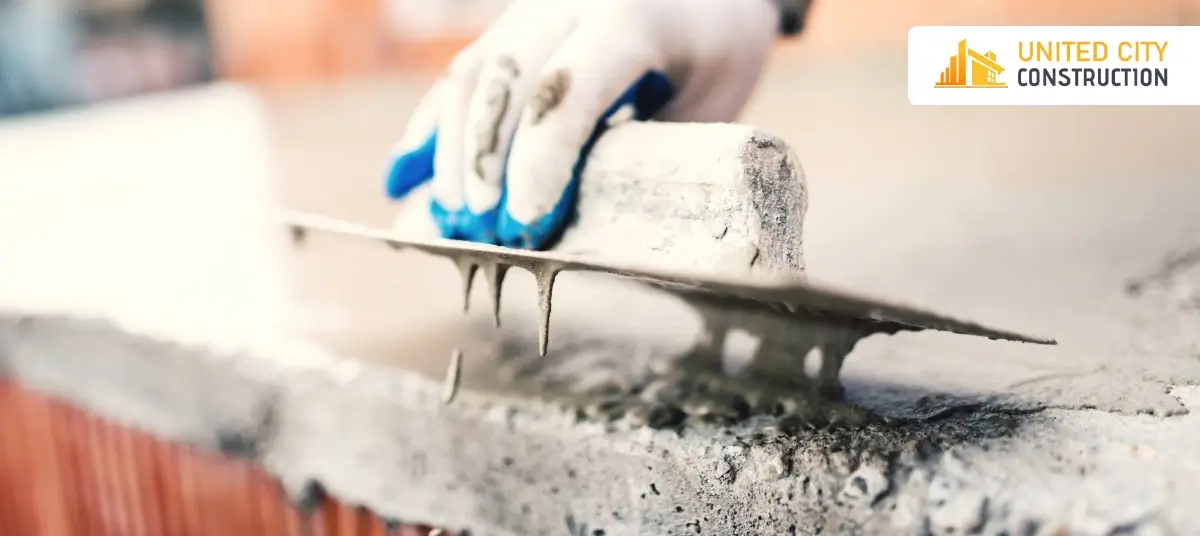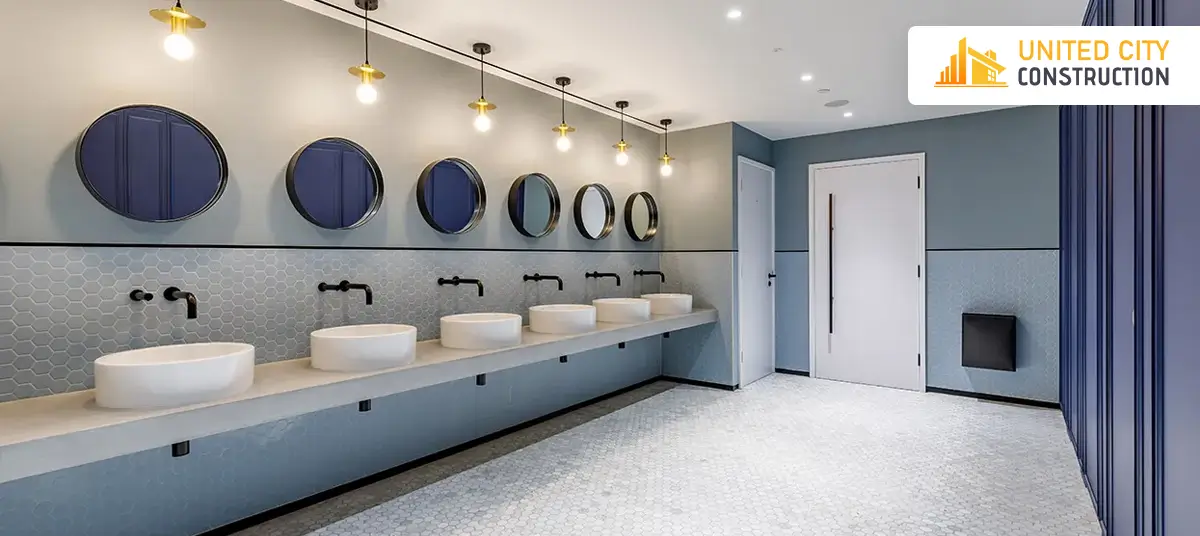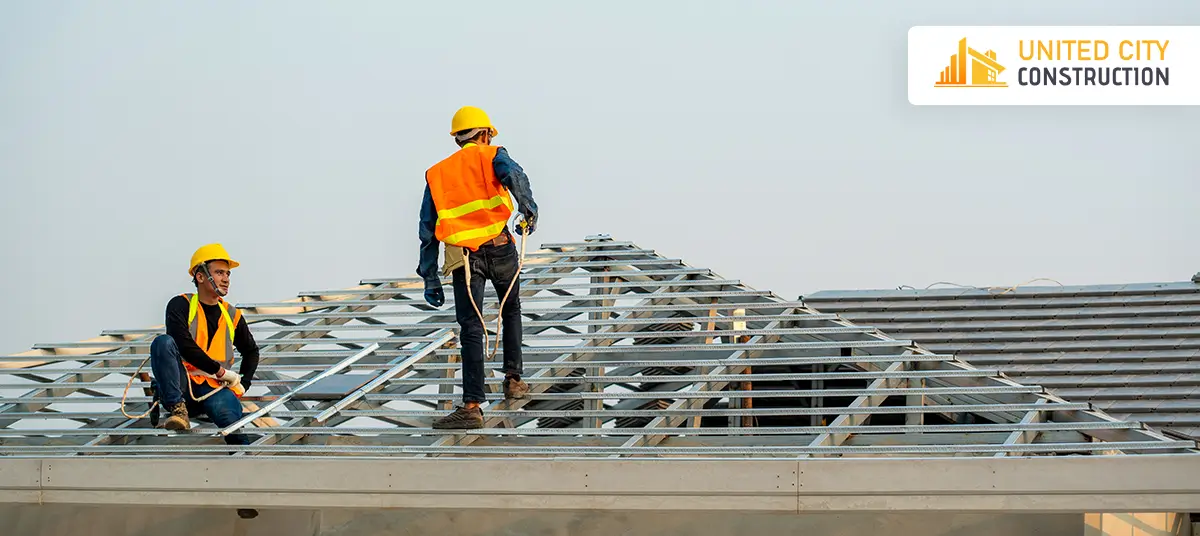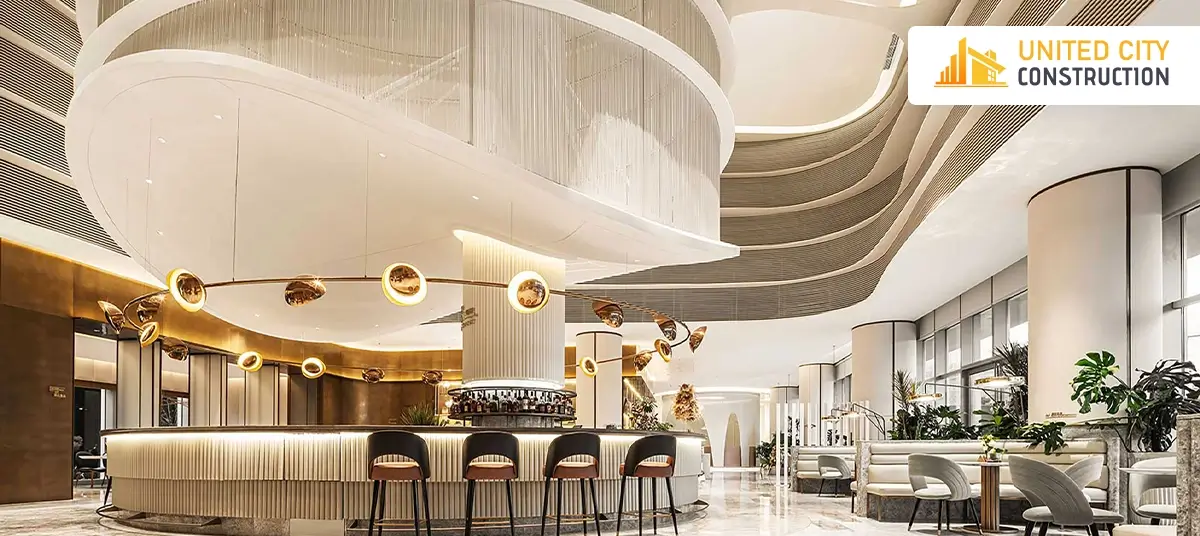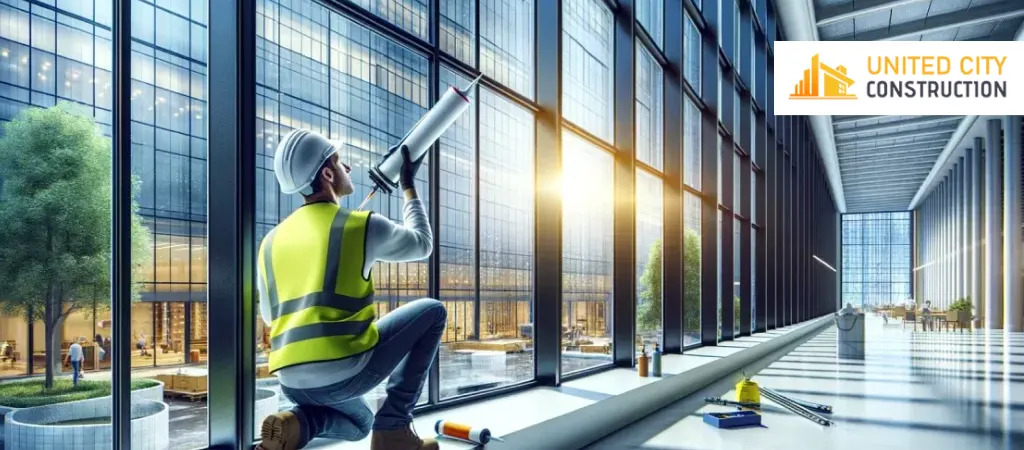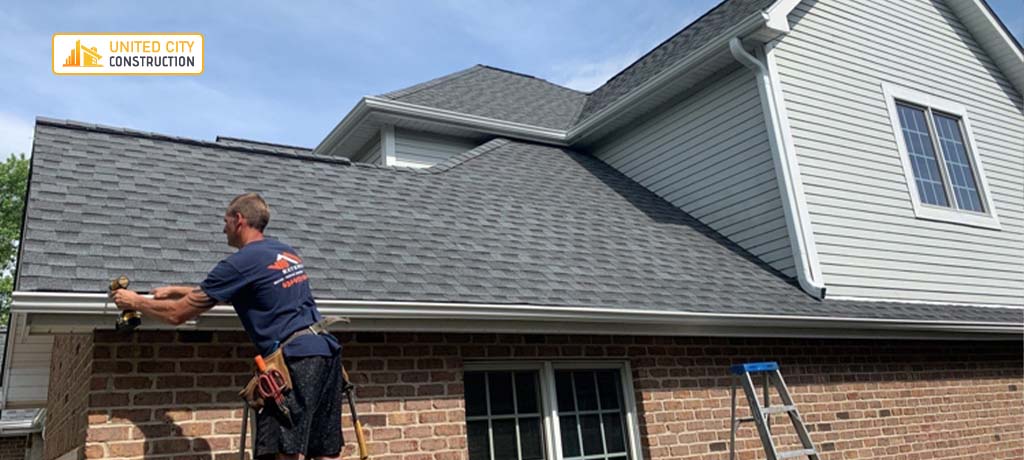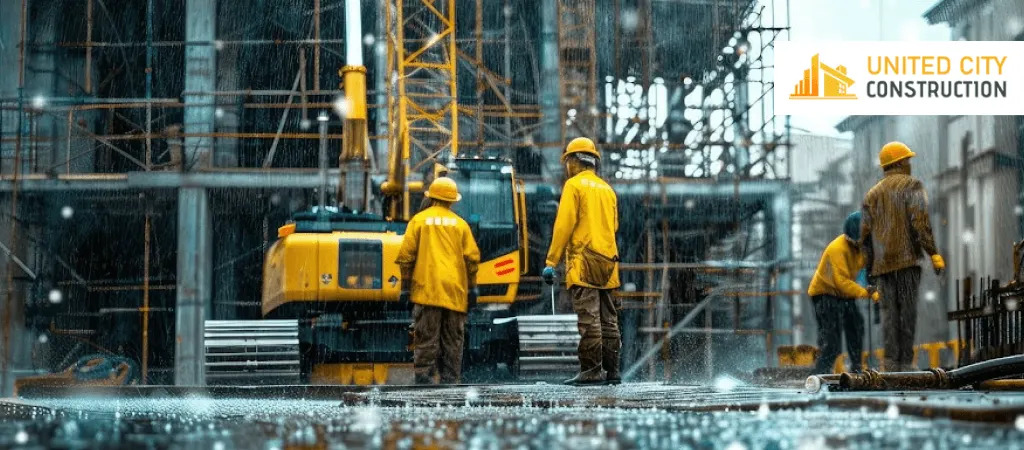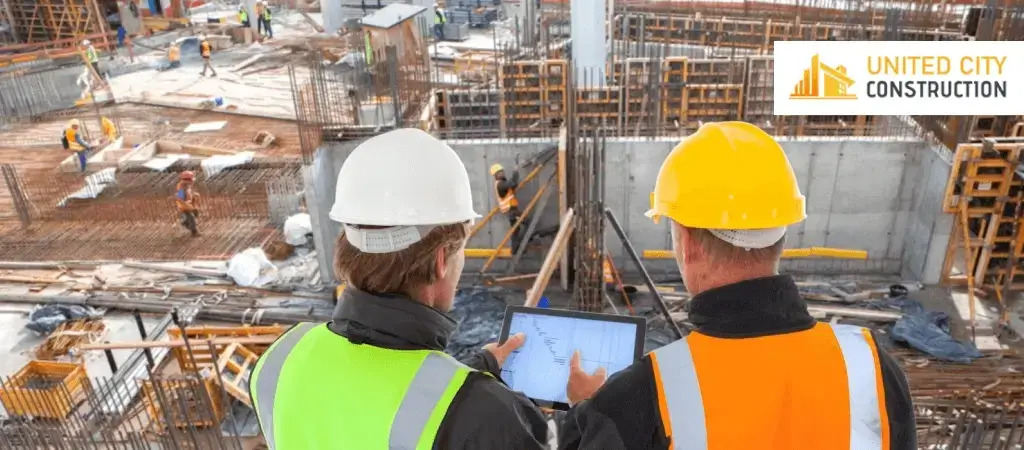Critical Maintenance Practices of Commercial buildings
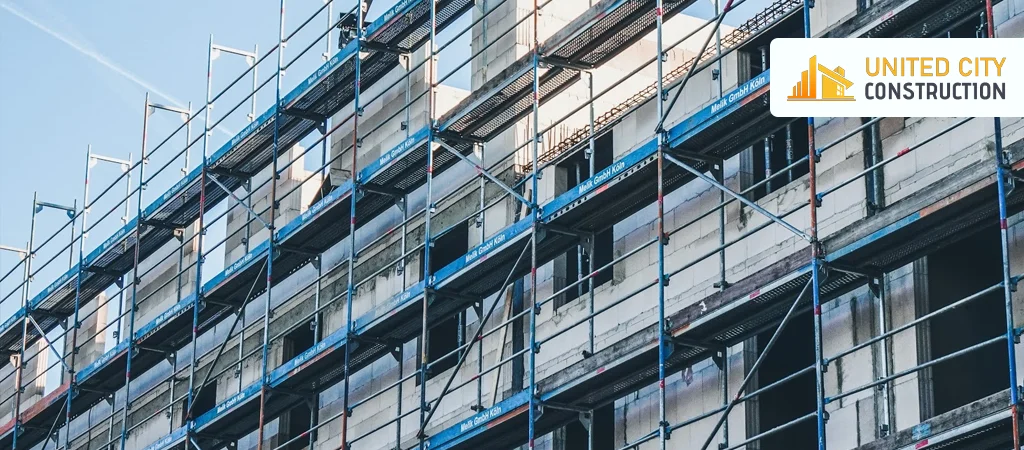
Nearly 20% of energy consumption in NYC is taken up by commercial buildings, and therefore, it is one of the best places to save on cost as well as sustainability efforts. Never have the operation of commercial buildings been as dependent on continuing maintenance as today, due to the high operation costs of utilities and in the current climate of escalating environmental control.
Our all-inclusive manual to inspecting, repairing and upgrading most vital systems will ensure your business properties run smoothly at their best and also reduces the expenditure and other environmental effects.
What Is Commercial Building Maintenance?
It is important to firstly define what commercial building maintenance is before delving into this maintenance checklist. Commercial building maintenance is a term that defines the routine, and constant activities that should be carried out to maintain all systems and equipment in a commercial facility in optimal operation. This involves both preventive and reactive maintenance measures to prevent problems and to deal with problems respectively.
What is building maintenance?
Common maintenance procedures are checking, servicing, repairing or replacing parts of a building and installations (such as heating ventilation and air conditioning (HVAC) system, plumbing, electrical system, waste management, interior finish, and exterior) of the building. Maintenance is also an important activity that involves testing emergency and safety systems.
What will be the building maintenance requirement?
To be successful in the maintenance of commercial buildings, it is necessary to develop a complex plan of maintenance, find a budget, monitor information about the building system, hire competent technicians, create preventive maintenance systems, and meet all requirements of compliance.
What is the maintenance plan of a building?
A plan of maintenance is an effective document that outlines scope of work, standards, documentation, schedules, materials and procedures necessary to maintain all building systems appropriately to provide optimal uptime, efficiency, safety and longevity.
An effective preventive maintenance program that has well trained technicians behind it forms the basis of an overall maintenance plan and strategy. To see our recommendations on preventive maintenance, consult our guide to preventive maintenance checklists.
Maintenance Checklist of commercial buildings
To maintain the full efficiency of a commercial building, it is necessary to routinely check and test all systems and equipment of significant importance in the building, repair, and document them. You will get the major items that should be added by facilities teams on elements of seasonal and annual maintenance checklists below. You are able to customize products according to your type of building, equipment, location, and objectives.
1. Exterior Maintenance
The exterior spaces of a commercial facility are on the outside of the building envelope. Maintaining the exterior is good to enhance safety, security, sustainability, and curb appeal. The checklist exterior maintenance items are:
- Landscape and grounds care Pruning, fertilizing, pests, irrigation , and garbage removal.
- Routine cleaning of the exterior walls, windows and lighting poles.
- Parking lot inspection: Solution to cracks, pavement, and stripping.
- Cleaning and lighting inspection Signage
- Seasonal repairs: Snow plowing, gutter cleaning, etc.
2. HVAC Systems
HVAC systems control the correct temperature and quality of the indoor air. Poorly operated HVAC contributes to the increased operating expenses and the deteriorated quality of air. The tasks on HVAC maintenance checklist are:
- Replacing air filters
- Removing debris out of outdoor condensers.
- Verifying the level of refrigerants.
- Checking emergency heating.
- Checking that the thermostat is correct.
- Checking for leaks
- Cleaning air ducts
- Record keeping on energy efficiency.
3. Plumbing
Proper supply of potable water and proper drainage of waste water is made available by safe and reliable plumbing systems. Regular plumbing repairs can avoid leakage, floods, mold and contamination. Among the critical plumbing maintenance activities, there are:
- Checking of pipes, joints, and valves in case of corrosion and leakages.
- Checking of water quality and backflow prevention.
- Auditing water heaters and boilers.
- Draining sewage lines and greases.
- Documenting water usage
- Checking the adequate water pressure.
4. Electrical Systems
Electrical operations are smooth and every equipment runs on it and at the same time, supports fire protection systems through essential lighting. This is very important because defective electric systems present significant threats to safety and functioning.The items that can be included in the electrical maintenance checklist may be the following:
- Checking alternative power generators.
- Inspecting panels, breakers and fuses visually to check if they are damaged.
- Wiring and connections Assessing wiring and connections with a multimeter.
- Checking the correct operation of outside lighting.
- Monitoring energy consumption records to determine areas where there is room to improve efficiency.
5. Safety and Security
Though neglected, safety and security systems can secure assets and lives and reduce the insurance expenses. Maintenance that is preventive will make sure that these systems are in place ready to react to an emergency quickly. Common maintenance activities on this location would be:
- Investigation of fire detectors and extinguishers.
- Physical examination of fire extinguishers.
- Checking the work of security alarms and surveillance devices.
- Verifying the safety railings, shields and guards.Checking emergency lights, exit signs and evacuation routes.
6. Other Interior Maintenance
The available interior areas of a business facility have a significant influence on the safety, comfort, and satisfaction of the occupants. Regular cleaning and maintenance of finishes are also useful in increasing the longevity of assets.Maintenance activities in interior activities involve:
- General floor cleaning, walls and surfaces.
- Touch-up Painting, drywall, and changing light bulbs.
- Inspecting the leakage under sinks and equipment.
- Recording the conditions using photographs.
- Carpets, vents and windows deep cleaning of carpets and vents annually.
7. Waste Management
Proper waste collection contributes to the realization of sustainability and helps maintain the interiors and exterior premises clean. Poor disposal of waste will be unsafe, unhealthy, and unsafe to the environment. Such important waste management maintenance processes encompass:
- Checking of bins, compactors and balers.
- Compaction and baling test.
- Recording made volumes and pick-up schedules.
- Keeping external dumpsters clean and drained.
- Setting up recycling services and pick-up.
8. Conformance and Reporting.
In order to ensure safety, liability, and continuity of business operations, commercial properties are supposed to comply with building codes, environmental regulations, and other regulations. Close documentation prevents the occurrence of violations and penalties. Activities of critical maintenance of compliance of include:
- Testing systems of water according to EPA regulations.
- Storing inspection reports, the manuals of the system and warranties of equipment.
- Recording equipment service and repair.
- Maintaining certification of training.
- Monitoring of lifecycles and assets.
9. Seasonal Maintenance
Along with the annual activities, the checklists of commercial maintenance change according to the season. Through this reason, you ought to be ready to weather changes as well as the pre-existing occupancy and activities changes in your building.Seasonal maintenance may consist of:
- Switching between cooling and heating in HVAC.
- Coming up with landscaping, snow removal.
- Furnishing outdoor facilities such as patios.
- Carpet and window treatment, deep cleaning.
- Pre storm testing of power backup.
- Anticipating more holiday traffic.
Keep your Performance at its Peak through Proactive Planning.
It takes a dynamic and rigorous management of interdependent systems to maintain a commercial property running at an optimum year-round. And as the emphasis on energy efficiency, greenness, and discontinuation contingency is ever more stressed, commercial facilities management is adapting and developing into an ever more alert state.
Creating detailed inspection checklists and procedures related to the lifecycle planning and documentation, commercial owners and operators may improve safety, compliance, and operational reliability in both the short and long term at the minimal cost.
Ensure your commercial building in NYC operates at peak performance. Partner with United City Construction, trusted commercial contractors in NYC, for tailored building maintenance solutions that enhance efficiency, safety, and sustainability. Contact us today to schedule your maintenance consultation!



